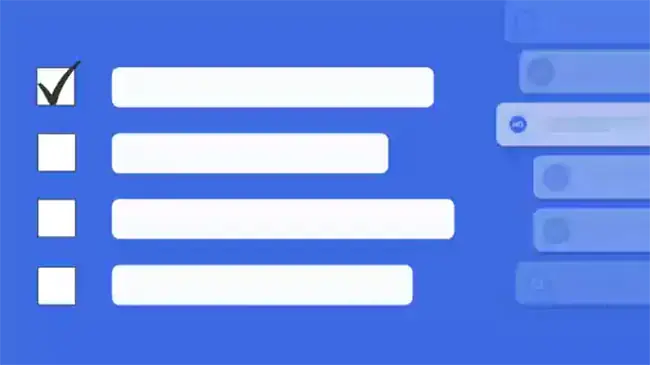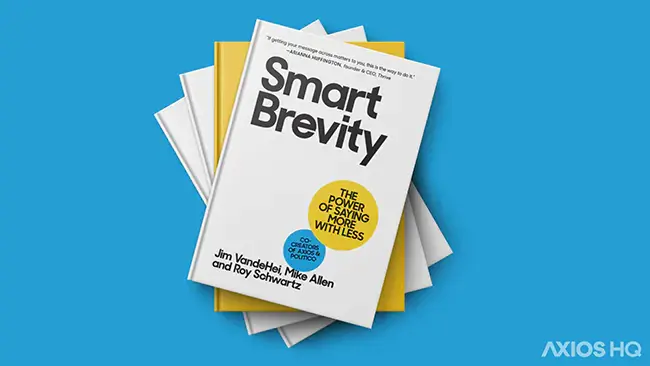Educators' top tool for better family, faculty and student comms
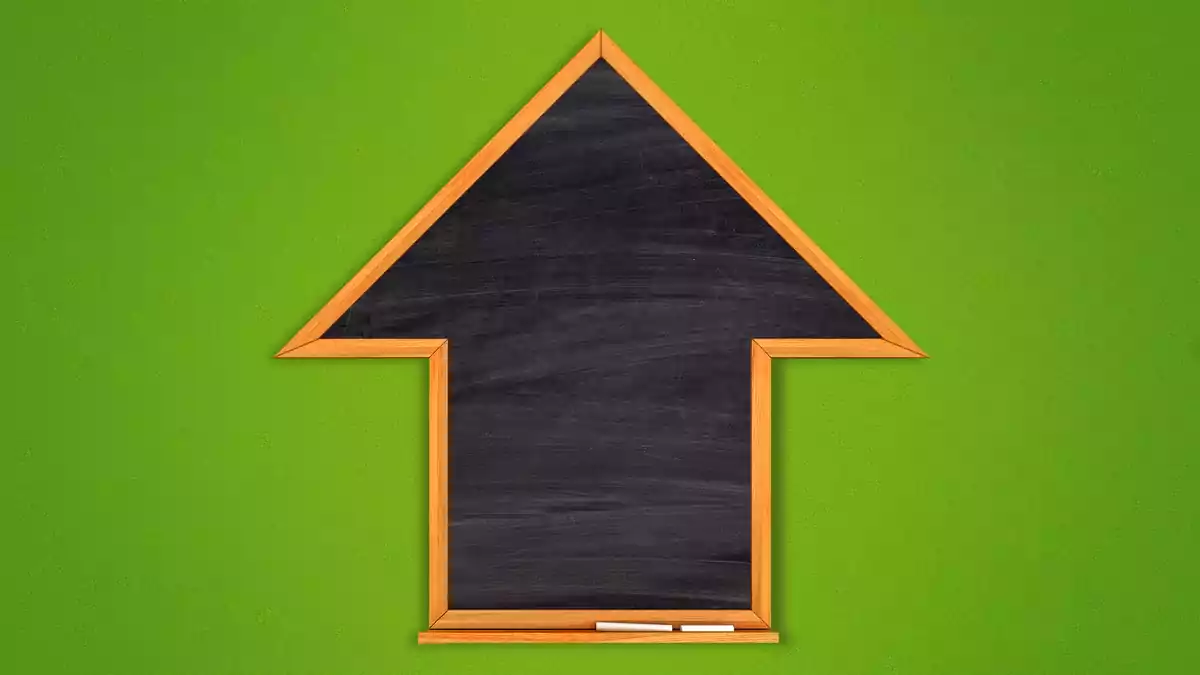
Educators receive around 100 emails every day, students get pummeled with ad hoc emails and outreach, and both create a sense of information overload that makes it hard for any vital message to actually stand out.
-
Why it matters: “In the education space, sometimes we don't give ourselves enough resources to do our jobs really professionally,” says Jerra Toms, Director of Marketing and Communications at University of Arkansas’ Sam M. Walton College of Business. “Instead of momming and popping communication, we wanted to professionalize it, to make it branded. And there's a little bit of a risk involved…Take the risk.”
Often, there are two issues to solve: Communications are too much, and they aren’t sent on a schedule that works for the reader. “We had been doing a lot of communication, but people didn’t know when it's coming,” Andrew Matteo, Superintendent of Schools for the Ramsey School District said at a recent Axios HQ event. “When something came up, we would send it, and we were getting feedback it was just like too much text.”
How they standardized and modernized their strategies
Andrew, who just recently moved into his superintendent position, had to find a way to quickly fill communication gaps in that role. The role initially had a newsletter going out, but with no set cadence or format, it wasn’t meeting audience — or sender — expectations. “Now we send [a newsletter] every Wednesday at 7:30am, and I've gotten feedback that they really like that cadence.” Not to mention he gets an open rate of roughly 70%.
Andrew’s cadence:
- Weekly school community newsletter on Wednesdays at 7:30am
- Weekly School Board rundown newsletter on Friday afternoons
- Monthly faculty newsletter
Jerra challenged her students to find a better way to communicate after complaining about inbox overload. They asked her, “Can you bring it in one place? Send it once a week — the key information that we need to know, like four to five minute read max and include images.” When Jerra found the Axios HQ platform, it checked all of the boxes and became a hit. In fact, their executive advisory board newsletter went over so well that they will now be expanding it to 14,000 alumni as well.
Jerra’s cadence:
- Weekly student newsletter on Mondays at 7:00am
- Monthly faculty/staff newsletter the first week of the month, usually on Mondays at 7:00am
The advice that helped them earn leadership and reader buy-in
If faculty, staff, and students are overwhelmed with information, leaders have to understand what's causing the problem, how it came to be that way, and what they can do to help folks feel more informed and focused. Jerra’s and Andrew’s advice to get on the right path:
- Get internal buy-in. People get stuck doing things the way things have always been. “Our students have changed for one thing, post-pandemic,” Jerra said. “If you've been doing something for five years, it's probably out of date.” Explain to stakeholders why changes are necessary and encourage them to try new tools for themselves. Once they see the value and time they will save, they’re more likely to be open minded.
- Poll your readers. Knowing what your readers want goes a long way in getting them to open your content. “Gain input from your audience first so you know what they would like to see — you know, maybe key sections, things like that,” Jerra advised. Find the best time to send is based on your audience feedback, too — keeping in mind that different audiences, like students vs. faculty, may need different cadences.
- Be collaborative. “Something that's worked for us is the tools that are inside Axios HQ.” Andrew said. “[They] have really been helpful with the cards and being able to assign cards.” Doing so allows you to work with colleagues across locations to better coordinate messages — and to do it more quickly.
- Stick to it. Once you set your cadence, stand by it so consistency doesn’t slip. “I say, ‘Look, we discussed it from the beginning. If you are a communicator, you have to get this information to us by Thursday,’” Jerra said. “‘If something is happening, tell us that ahead of time.’” Only make exceptions when it’s absolutely necessary, or look for other avenues to communicate messages that don’t make the newsletter cutoff.
The bottom line: When you send messages with a consistent cadence, you gain trust with readers. And once they know when to expect your updates, they can be better prepared to engage with them.
Go deeper: Watch their full conversation





.webp)







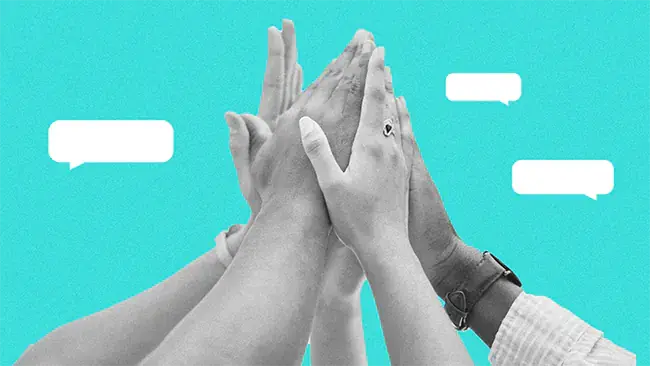



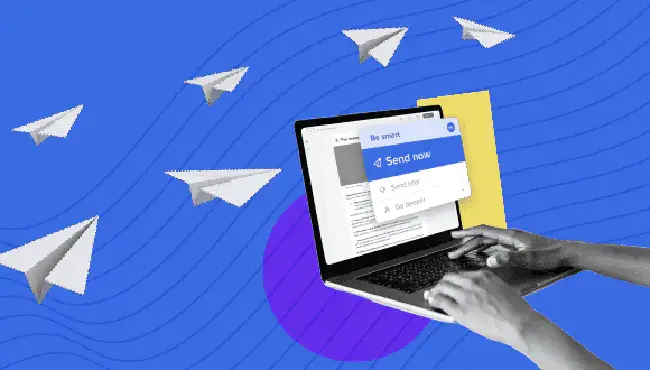
.webp)
